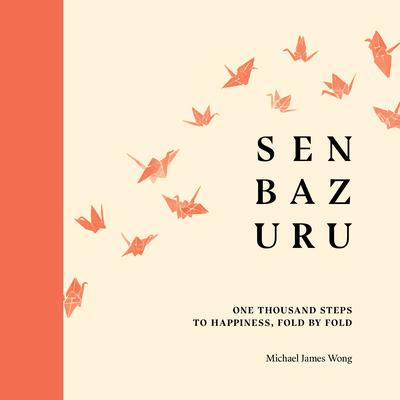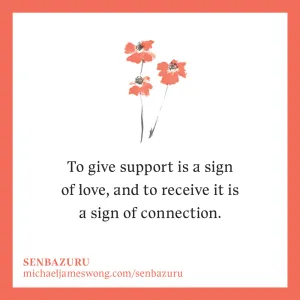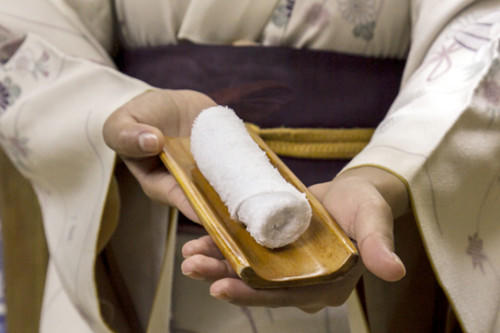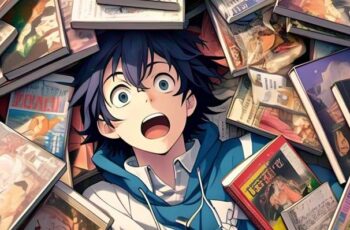Let’s take a break from folklore this week:

Senbazuru: One Thousand Steps to Happiness takes a different perspective than most books I’ve read about mindfulness. It uses the practice of folding 1,000 paper cranes to explain how to slow down and find joy in everyday life. Wong breaks the crane into 12 steps, using each of the folds to explain a different aspect of a mindful life. I have to admit that I couldn’t use Wong’s directions to fold a crane. It’s not Wong’s fault. I haven’t yet succeeded in using a book to fold anything origami. I have to use videos, but you may have better luck. It’s not that Wong’s explanations aren’t simple or clear. It’s just I can’t visual the process.
In any case, the book divides into themes: Hope, Healing, and Happiness, Each theme has 4 folds associated with it, and each fold represents a different trait of a mindful, joyful life. For example, the Healing section involves forgiveness, patience, resilience, and support. Wong’s discussion involves the ideas of Zen and Taoism. He avoids getting deep into philosophy. Rather, he opts for anecdotes and gentle explanations. Let me focus on my favorite sections to give you an idea:
When we act purposefully, emotions will ease. Suffering exists only if we allow the attachments of the past to become the stories of the present. Choose to be here now, and suffering cannot exist.
This statement simplifies and introduces a deep Zen Buddhist concept. Suffering differs from pain. Pain, emotional or physical, is unavoidable. However, suffering is a state of mind rather than an inevitability. Getting to the state of mind where suffering not longer pounces involves a lot of mental discipline and practice. Yet it also doesn’t involve discipline or practice. You can’t bludgeon the mind, but you can practice in letting it calm. Wong uses crane folding for this purpose. It’s a meditation practice. When get in the habit of allowing the mind to calm, like mud sinking to the bottom of a still puddle, you can step toward no longer suffering even when in pain. Wong does a better job in touching on this idea than my explanation.
Whether it is a relationship that has ended, a lost dream, or a lost soul, it is a necessary step to feel our feelings and let our emotions rise. This will help to bring closure in painful times. But the wisdom in this story is that we cannot mourn forever and, at some point, it must end.
The book is timely for me. I lost my uncle to cancer while I read the advance reader’s review copy. The gentleness of the book and passages like the one above helped remind me of how everything in life is transient. Sorrow ends. Life ends. What matters is how we use each present.

Wong also covers the idea that we need to cultivate our weaknesses and not just our strengths. The reminder comes to me just as I struggle to learn Japanese. You see, I am tone deaf, and I’m also slowly going deaf. I can’t hear tones unless they are at least an octave apart. Do and Re sound identical. Some tones are silent to my ears, like a disconnection in a phone conversation. According to Wong, I should work on cultivating my language learning and musical knowledge the best I can. I’ve disliked performing anything musical because of my limited hearing ability. As Wong writes: “For us to grow, we must lean toward our discomforts.” Sigh, truth I can’t argue.
My favorite section of the book was “In Time, Everything Quiets.” I’m an advocate for silence. Our world is just too noisy. To be blunt, people blather too much and make too much noise. Wong is sympathetic. He acknowledges that people are troubled by silence and so avoid it. I’ve filled silence against my better judgment because I sensed the silence was troubling those around me. In part, I fall into one of the reasons Wong explains, that people want to be liked and appreciated. I wished the section was more developed. We need to advocate for more silence in society, even if it is difficult for people at first. Silence has been proven to calm anxiety (once you are used to it) and improve overall health and creativity. But at first it can be difficult.
Despite my failure to fold a paper crane, I enjoyed the read. Wong’s writing style has a gentle assurance to it. His style reminds me of Thich Nhat Hanh. Throughout the book, Wong, like Nhat Hanh, emphasizes the need to slow down and be gentle with ourselves. This is surprisingly hard. Wong’s idea of folding a paper crane, or 1,000 of them, to learn the lesson is interesting. I can see it working for many people. It’s easier to slow down when we have a task to focus upon.
Senbazuru is a gentle book with many helpful insights and wonderful brushed-ink illustrations. The book teems with reminders for those who’ve studied Zen and Taoism. The reminders also act as introductions to those who aren’t familiar with the philosophies. Above all, the book reminds us to be nice to ourselves as we keep trying our best. “Progress does not need to have speed or direction,” as Wong writes. Give Senbazuru a read.



